This season we spent time banding at sites that were off of the peninsula but, still bordering along Lake Erie. As previously mentioned, we extended our coastal monitoring project to include several sites between the park and the NY border that we thought would be good stopover habitat for the same species that use Presque Isle State Park in a similar manner each spring. We had volunteers walk 100m transects at each site, recording the birds that they both heard and saw. As you may remember, last year we started placing small radio transmitters called nanotags on certain species to see how they were using the park and its resources during the time that they were in the area on the way to their northern breeding grounds. This year, we placed the same type of transmitters on two species, Swainson's Thrush and Blackpoll Warblers, but, instead of tagging them at the park, we tagged the birds at our survey sites. So, not only do we have the data from the surveys that tell us what species are using these various lakeside habitats we also will have the data from us tracking the fourteen birds that were tagged to show us more specifically how these species might be using the habitat.
Blackpoll Warblers have an incredible migration route, especially in the fall. They take off from the east coast and travel almost 7,000 km nonstop out over the Atlantic Ocean until they reach their wintering grounds in South America. Seriously, it's nothing short of amazing! We know of this migration because of modern technology: researchers placed small light-level sensors called geolocators on these birds and then were amazed to discover the journey that they make each year over open water. We're also placing new tech on these birds but, unlike geolocators which absolutely must be retrieved from the bird to get the data (ie, the bird needs to be recaptured) we are using radio transmitters called nanotags that will transmit the bird's unique signal to the nearest receivers until the battery wears out. We are tracking these signals/birds using a handheld device to discover more about their local movements and then there are Motus towers here in PA as well as ones across both Lake Erie and Lake Ontario that will also receive the transmissions as the tagged birds move north to their breeding grounds.
 |
| A male Blackpoll Warbler with a small nanotag attached. It's sitting almost right where the wings come together on its back, underneath the body feathers, so you're unable to see it. You can however make out, if you look closely, the thin antenna that protrudes from the tag. |
 |
| A female Blackpoll Warbler that was tagged at our banding site that happened to also be at the house of our long time volunteer, Michele Rundquist-Franz. Again, if you look closely, you can barely make out the thin antenna coming straight out from the back of the bird. |
 |
| Dr. Sarah Sargent placing a nanotag on a female Blackpoll Warbler at our Highmeyer Park site. |
 |
| Making sure that the nanotag fits perfectly on a Swainson's Thrush |
Banding off of the peninsula presented us with the opportunity to see species in the hand that we don't routinely catch in the park. Even though Belted Kingfishers can be seen (and heard!) year-round at Presque Isle State Park, we very rarely catch any. So, we were pleasantly surprised to find this breeding female BEKI in the nets our first time trapping at the Glinodo Center.
This species might look a little 'funny' with their head appearing disproportionately large compared to their body but that huge head serves as an anchor for powerful muscles that allow the bird's mandible to operate with some serious force. Believe me when I tell you that this species can not only clamp down hard but also slice up whatever is in its 'grasp' with the saw-toothed edges to its bill. A wiggly little fish or a bander's finger, it's all the same to this species.
Take a good look at their absolutely adorable little feets (very scientific term) and think about the strength that they must have within them to keep the bird upright on a branch.
We also banded species that we do routinely catch in the park such as this female Hairy Woodpecker whose multiple generations of feathers in her wing helped us to age her as a third year bird, which you can see in the first photo. In the second photo, you can see the extent of the vascularization of the skin on her breast, also known as a brood patch, which helps regulate the temperature of her eggs.
We also caught this super handsome Baltimore Oriole at one of our sites that, upon release, proceeded to sit right above us in the closest tree and sing his little heart out for the rest of the morning.
 |
| The BIC, Laura-Marie Koitsch, once again enjoying the fact that she finds herself matching the birds that she catches: it's like looking in a mirror! |
Plus, with scenery this beautiful, you can see why you really had to twist our arm to get us off of the peninsula!

















